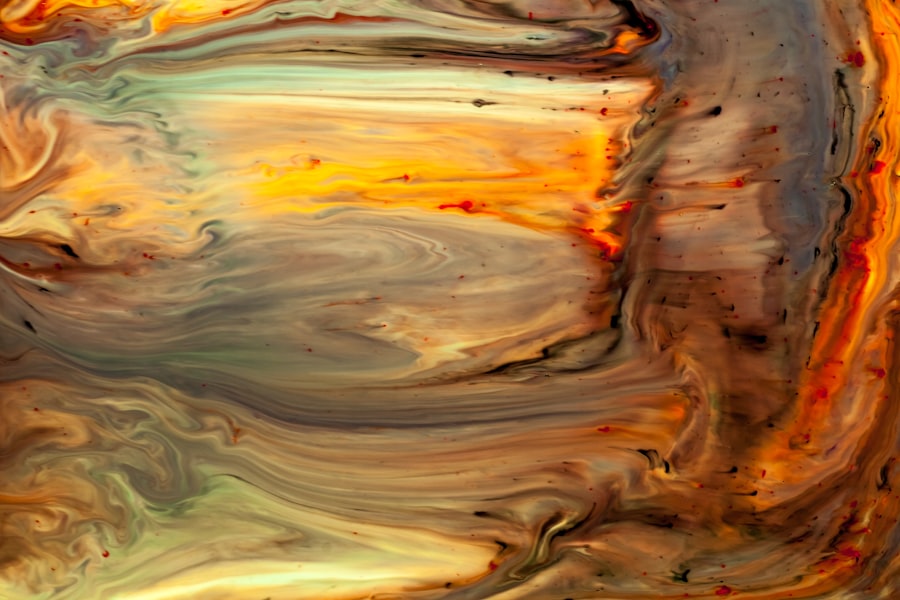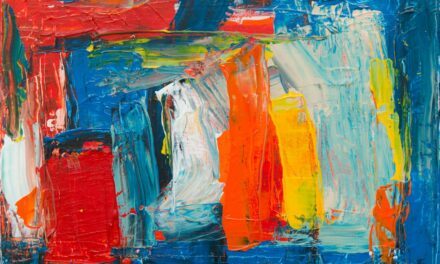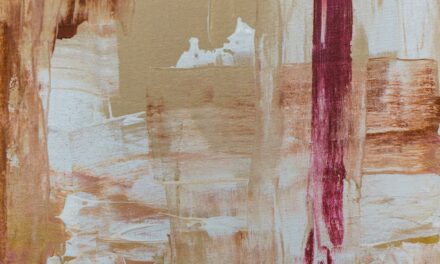Expressive artistry is a profound and multifaceted concept that transcends mere aesthetics. It embodies the artist’s ability to convey emotions, thoughts, and experiences through various mediums, allowing for a deep connection between the creator and the observer. This form of art is not confined to traditional boundaries; rather, it embraces spontaneity and personal interpretation.
The essence of expressive artistry lies in its capacity to evoke feelings and provoke thought, often reflecting the complexities of the human experience. Artists who engage in this practice often draw from their own lives, using their work as a mirror to explore their innermost thoughts and emotions. At its core, expressive artistry is about authenticity.
It encourages artists to delve into their psyche, unearthing raw emotions that may otherwise remain hidden. This journey of self-discovery can be both liberating and daunting, as it requires vulnerability and honesty. The resulting artwork often resonates with viewers on a visceral level, inviting them to engage with the piece not just visually but emotionally.
In this way, expressive artistry serves as a bridge between the artist’s internal world and the external environment, fostering a dialogue that transcends language and cultural barriers.
Exploring Different Forms of Expressive Art
The realm of expressive art is vast and varied, encompassing a multitude of forms that each offer unique avenues for emotional expression. Visual arts such as painting, sculpture, and photography allow artists to manipulate colour, texture, and form to convey their feelings. For instance, abstract painting often relies on bold strokes and vibrant hues to communicate emotions that may be difficult to articulate verbally.
Similarly, sculpture can embody movement and emotion through its physical presence, inviting viewers to engage with the work from multiple perspectives. Beyond visual arts, expressive artistry extends into performance art, dance, and music. These forms provide dynamic platforms for artists to embody their emotions through movement and sound.
Dance, for example, can be an incredibly powerful medium for expressing joy, sorrow, or even anger, as the body becomes an instrument of communication. Music, too, has the ability to evoke profound emotional responses; a single melody can transport listeners to a different time or place, resonating with their own experiences. Each form of expressive art offers distinct methods for artists to explore and share their emotional landscapes, enriching the tapestry of human creativity.
The Role of Emotions in Expressive Art

Emotions are the lifeblood of expressive art; they infuse each piece with meaning and depth. Artists often draw upon their personal experiences—joys, traumas, and everything in between—to create works that resonate with authenticity. This emotional foundation not only shapes the artwork itself but also influences how it is perceived by others.
When viewers encounter a piece imbued with genuine emotion, they are more likely to connect with it on a personal level, finding reflections of their own feelings within the work. Moreover, the exploration of emotions in expressive art can serve as a catalyst for healing and understanding. Artists may use their craft as a means of processing complex feelings or traumatic experiences, transforming pain into beauty.
This transformative power of art allows both creators and observers to confront difficult emotions in a safe space. By engaging with these feelings through art, individuals can gain insights into their own emotional landscapes, fostering a greater understanding of themselves and others.
Techniques for Expressing Emotions through Art
There are numerous techniques that artists can employ to effectively express emotions through their work. One such method is the use of colour theory; different colours evoke distinct emotional responses. For instance, warm colours like red and orange can convey passion or anger, while cooler tones such as blue and green often evoke calmness or sadness.
By thoughtfully selecting a colour palette, artists can enhance the emotional impact of their work, guiding viewers toward specific feelings. Another technique involves the manipulation of form and composition. The arrangement of elements within a piece can significantly influence its emotional tone.
For example, chaotic compositions with jagged lines may evoke feelings of tension or unrest, while balanced arrangements can instil a sense of harmony and peace. Additionally, texture plays a crucial role in conveying emotion; rough surfaces may suggest turmoil or struggle, while smooth textures can evoke serenity or comfort. By experimenting with these various techniques, artists can create works that resonate deeply with their audience.
The Therapeutic Benefits of Expressive Art
Engaging in expressive art offers numerous therapeutic benefits that extend beyond mere creative expression. For many individuals, creating art serves as a form of catharsis—a way to release pent-up emotions and alleviate stress. The act of putting pen to paper or brush to canvas can provide a sense of relief and clarity, allowing individuals to process their feelings in a tangible way.
This therapeutic aspect of art is particularly beneficial for those grappling with mental health challenges such as anxiety or depression. Moreover, expressive art can foster mindfulness and self-awareness. As individuals immerse themselves in the creative process, they often find themselves more present in the moment, allowing for introspection and reflection.
This heightened awareness can lead to greater emotional regulation and resilience over time. In therapeutic settings, art therapy has been shown to facilitate communication and connection between individuals and their therapists, providing an alternative means of expression when words may fail.
Cultivating Expressive Artistry in Children

Nurturing expressive artistry in children is essential for their emotional development and self-expression. Encouraging young ones to explore various artistic mediums allows them to communicate their feelings in ways that may be more accessible than verbal language. From painting to sculpting or even engaging in dramatic play, children can experiment with different forms of expression that resonate with them personally.
Creating an environment that fosters creativity is crucial in this process. Providing children with diverse materials—such as paints, clay, or musical instruments—invites them to explore their artistic inclinations freely. Additionally, allowing for unstructured playtime encourages spontaneity and imagination, essential components of expressive artistry.
By celebrating their unique creations without judgement or criticism, caregivers can instil confidence in children’s artistic abilities and encourage them to embrace their individuality.
Using Expressive Art to Communicate and Connect
Expressive art serves as a powerful tool for communication and connection among individuals from diverse backgrounds. In a world where words may sometimes fall short or fail to capture the complexity of human experience, art provides an alternative means of expression that transcends language barriers. Through visual arts, performance, or music, individuals can share their stories and emotions in ways that resonate universally.
Moreover, engaging with expressive art fosters empathy and understanding among viewers. When individuals encounter artwork that reflects the struggles or triumphs of others, they are often prompted to reflect on their own experiences and emotions. This shared connection can lead to meaningful conversations about identity, culture, and personal narratives.
In this way, expressive art not only facilitates individual expression but also cultivates community bonds through shared understanding.
Embracing Individuality in Expressive Artistry
At the heart of expressive artistry lies the celebration of individuality. Each artist brings their unique perspective and experiences to their work, resulting in a rich tapestry of diverse voices within the artistic community. Embracing this individuality is essential for fostering creativity; when artists feel free to express themselves authentically without fear of judgement or conformity, they are more likely to produce innovative and impactful work.
Encouraging individuality in expressive artistry also involves recognising that there is no singular “right” way to create art. Each artist’s journey is distinct; some may find solace in structured techniques while others thrive in spontaneity. By honouring these differences and promoting an inclusive environment for artistic expression, we can cultivate a vibrant community where all voices are valued.
Ultimately, embracing individuality not only enriches the artistic landscape but also empowers artists to share their unique stories with the world. In conclusion, expressive artistry is a powerful means of communication that transcends traditional boundaries. By understanding its nuances and exploring various forms of expression, we can appreciate the profound role emotions play in shaping artistic creation.
Through techniques that enhance emotional expression and recognising the therapeutic benefits of art-making, we can foster creativity in individuals of all ages while embracing the beauty of individuality within the artistic community.
If you are interested in expressive artistry, you may also enjoy reading about the painting Carnival Scene 1793 by Francisco de Goya. This article delves into the intricate details and symbolism present in Goya’s work, showcasing the artist’s unique style and expressive techniques. It provides a fascinating insight into the world of art and the creative process behind such masterpieces.




